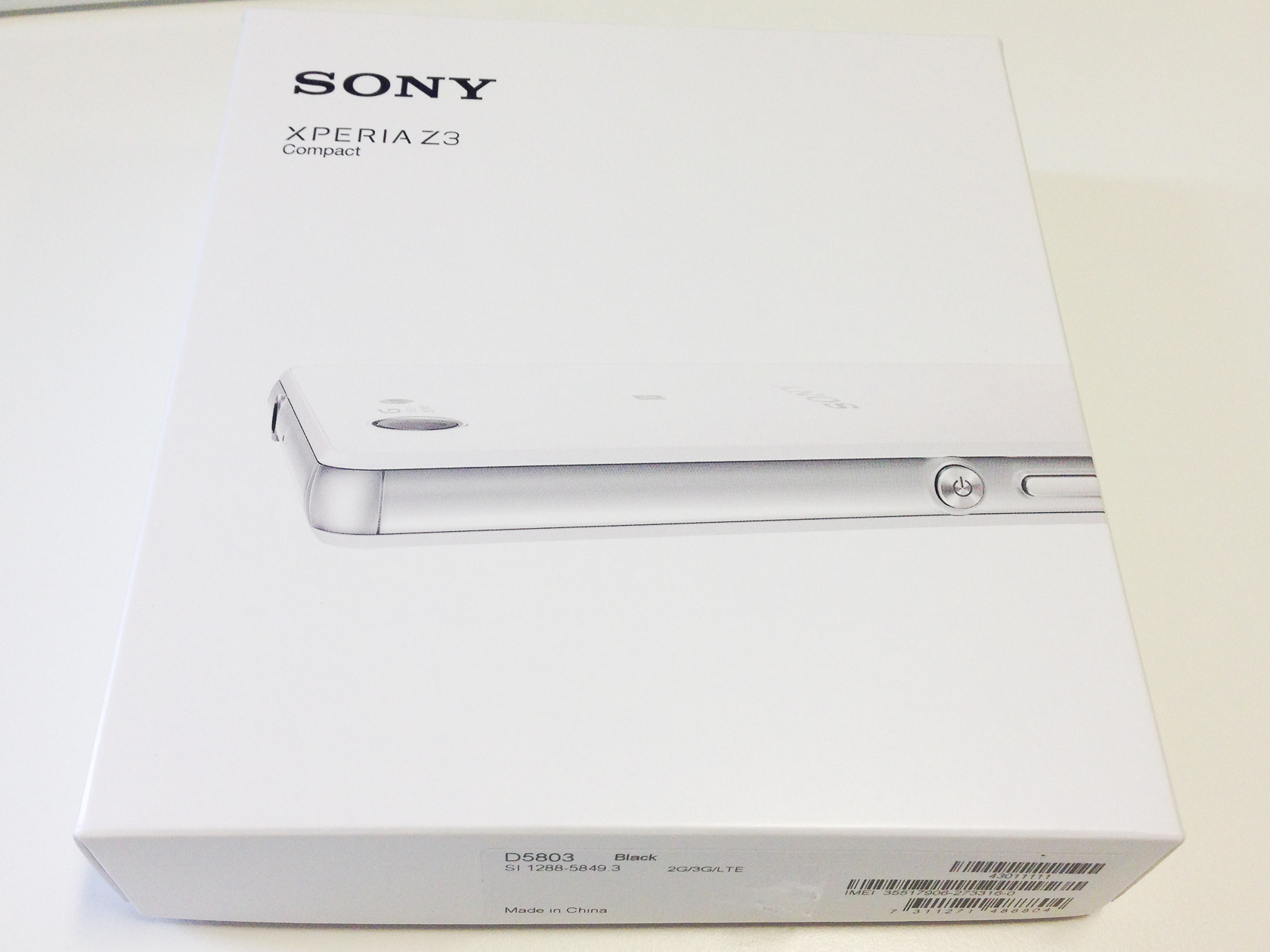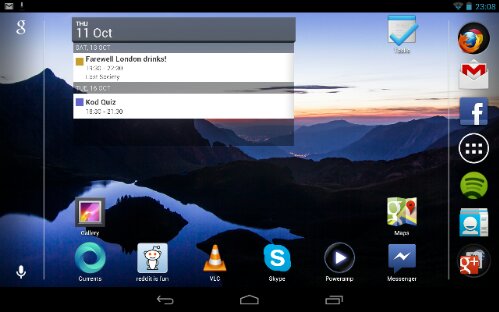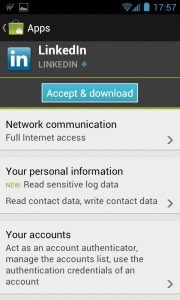There has been some rather good news for Z3 Compact (Z3C) owners the past couple of weeks. Firstly, Cyanogenmod started releasing nightly CM12 builds for the Z3C. But more importantly, a root exploit was released.
The thing that galled me most about the Z3 was that unlocking the bootloader permanently erased DRM keys which are required for some functionality. Usually this functionality is superfluous (I never intend to purchase any protected content from the Sony store), but in the case of the Z3C, erasing the DRM keys makes the camera worse in low light.
Unfortunately, unlocking the bootloader is required to install firmware from sources other than Sony, which means I can only do what Sony officially sanctions, unless I want to sacrifice camera performance.
I don’t believe I should have to make that choice.
This exploit restores the balance, but upgrading to Cyanogenmod while retaining the DRM keys is a fairly lengthy process:
- Downgrade to an older, exploitable firmware version (before October 2014) with Flashtool
- Run the giefroot root exploit
- Backup the TA (trim area) partition with Backup TA (this saves the DRM keys so you can truly revert to stock)
- Flash the rom of your choice, safe in the knowledge that it will always be possible to revert to factory condition!
Note that the DRM keys (probably Sony’s camera app as well) can’t be used with Cyanogenmod, so the camera will still be theoretically inferior to the stock Sony firmware. But this does allow me to revert to factory condition, or stick with firmware derived from Sony’s if I am not happy with the trade-off. Previously, this wouldn’t have been possible!
The Z3 is a great piece of hardware (read my brief review here), but Sony’s software and hostile DRM have been sore points. Now, I can finally have the phone I wanted (not to mention paid for).



